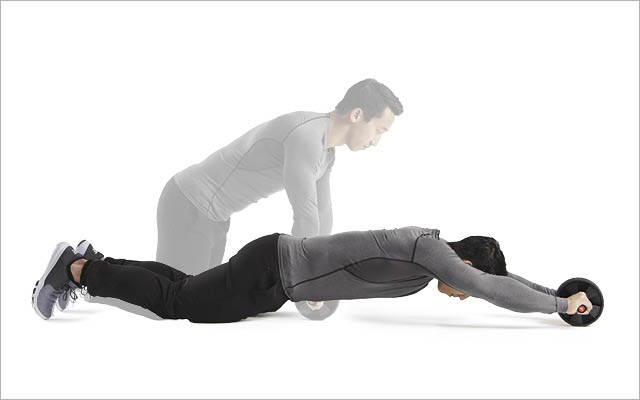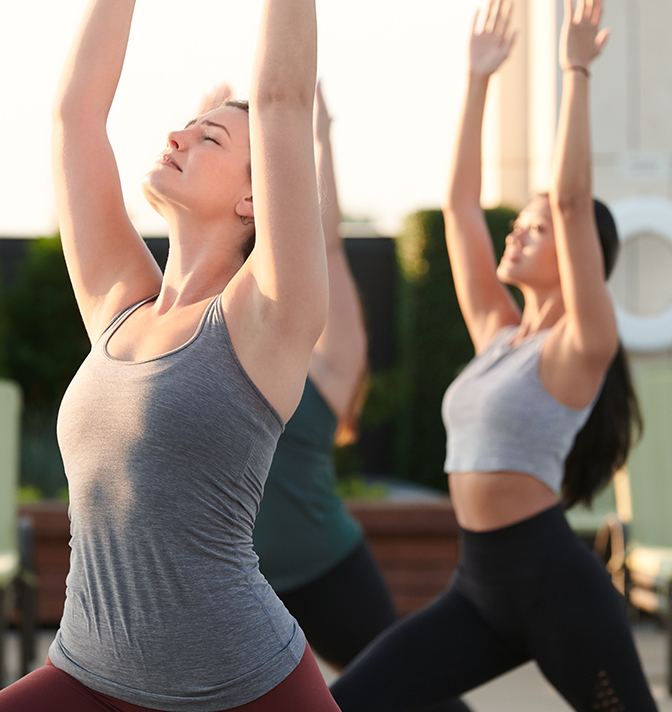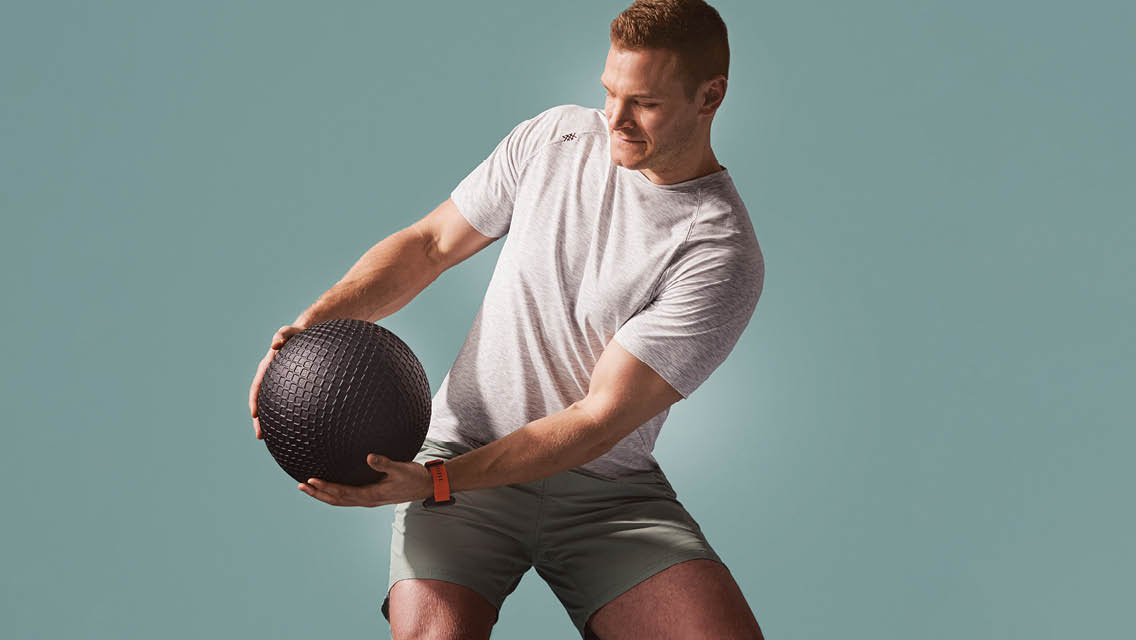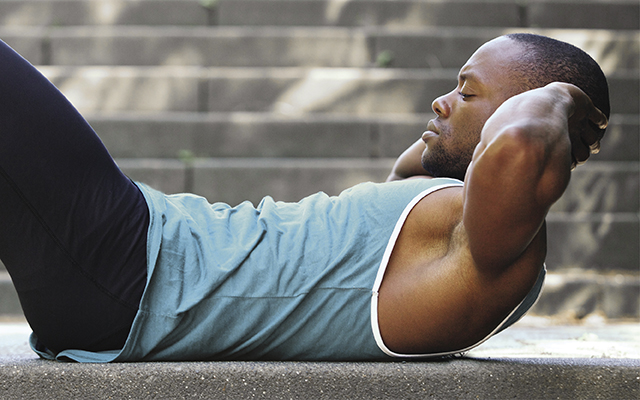The ab rollout is a core exercise that uses an ab wheel, a small wheel with handles on either side (its cousin, the ab dolly, is a rolling platform). This movement — and its accompanying tools — is enjoying a renaissance among trainers, thanks to wider understanding of how the abdominal muscles work and the importance of training the entire core, from sternum to pelvis and all the way around the midsection.
Ab rolling is an effective way to target the “deep core,” which includes the deep transverse and oblique muscles. They all contribute to good posture, stability, and both rotational and antirotational ability.
The key to effective training and avoiding injury is knowing the right way to roll, and to roll forward only as far as you can under control. A small movement performed well will have more benefits and fewer risks than a large movement done poorly.
Incorporate this move once or twice a week, along with other moves that engage the abs, back, hips, and pelvic floor. (Learn more about your core at “How to Create a Strong Core”.)
Directions
- Kneel on a yoga mat or towel to support your knees, with an ab wheel in front of you.
- Grasp the handles and balance the wheel directly under your shoulders. Make sure your wrists are straight and your back is flat. Set your gaze slightly in front of you while maintaining a neutral neck position.
- Shift your weight forward through your hips, setting the wheel in motion. Use your hands to track the wheel straight ahead without pushing.
- As your hips extend, allow your shoulders to open and the wheel to roll in front of you.
Tip: Extend your hips to shift your weight forward, and roll the wheel out.
Tip: Hold your chest high to avoid arching your back.
- Move forward only as far as you can under control. Hold at this end range momentarily, then reverse the movement. Use your abdominal muscles to draw the wheel back until your hips are stacked over your knees and the roller is under your shoulders.
Tip: Keep your arms straight throughout the movement.
Tip: Brace your core and slightly tuck your pelvis to protect your lower back.
Repeat for up to 10 repetitions, for three sets, once or twice a week. Scale back as needed to allow for good form and ample recovery.
As your skill improves, allow the wheel to track side to side instead of only straight ahead.
Ab-Wheel Alternatives
If you don’t have access to an Ab Wheel or Ab Dolly, you can still get the benefits of ab-rolling with these common gym tools:
Ab Rolling With Barbell
- Load a barbell with a bumper plate on each side to elevate it off the floor.
- Kneel on the floor in front of the loaded barbell, using a yoga mat or towel to support your knees.
- Grasp the barbell with both hands, with your hands directly under your shoulders. Make sure your wrists are straight and your back is flat. Set your gaze slightly in front of you while maintaining a neutral neck position.
- Shift your weight forward through your hips, setting the barbell in motion. Use your hands to track the wheel straight without pushing.
- As your hips extend, allow your shoulders to open and the barbell to roll in front of you.
- Move forward only as far as you can control. Hold at this end-range momentarily, then reverse the movement. Use your abdominal muscles to draw the barbell back in until your hips are stacked over your knees and your hands are under your shoulders.
Ab Rolling With Stability Ball
- Kneel on the floor, using a yoga mat or towel to support your knees, with a stability ball in front of you.
- Position your forearms on the stability ball. Press into the ball with your entire forearms, from elbow to wrist, to engage the core. Make sure your your back is flat. Set your gaze slightly in front of you while maintaining a neutral neck position.
- Shift your weight forward through your hips, and roll the ball forward. Keep pressing down into the ball as your weight shift move it forward.
- As your hips extend, allow your shoulders to open and the ball to roll in front of you.
- Move forward only as far as you can control. Hold at this end-range momentarily, then reverse the movement. Use your abdominal muscles to draw the ball back in until the ball is under your shoulders.





This Post Has 0 Comments